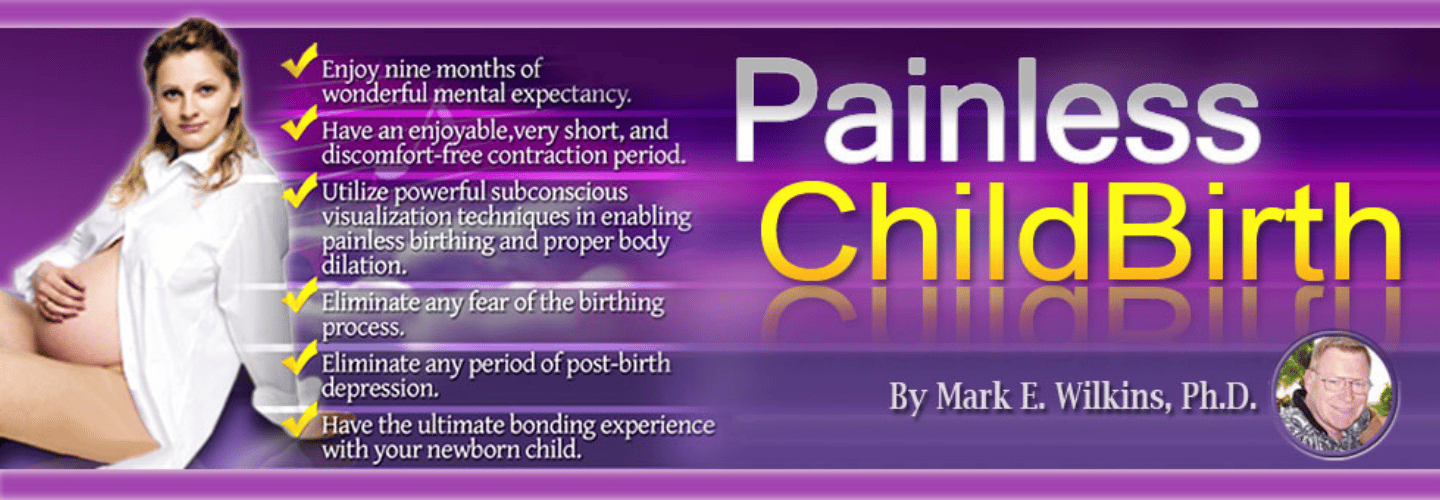
Hypnosis in childbirth is revolutionizing the experience by markedly reducing labor pain and the need for medical interventions. Through techniques like deep relaxation, visualization, and controlled breathing, hypnosis alters pain perception and enhances maternal comfort. This psychological approach empowers women, leading to shorter, less painful labors and fewer surgical deliveries. By managing pain and anxiety naturally, hypnosis demonstrates a promising shift towards more controlled and comfortable birthing processes. There is further exploration available on its extensive benefits.
Key Takeaways
- Hypnosis reduces reliance on epidurals by altering pain perception during childbirth.
- Women using hypnosis often experience shorter and less intervention-heavy labors.
- Hypnotic techniques like visualization and deep breathing enhance comfort and focus in childbirth.
- Hypnosis promotes natural pain management by inducing relaxation and endorphin release.
- Use of hypnosis in childbirth decreases overall pain intensity and medical intervention needs.
The Role of Hypnosis in Reducing Labor Pain and Medical Interventions
While hypnosis has been traditionally associated with mental health therapy, its application in childbirth is proving to be profoundly beneficial in reducing labor pain and the need for medical interventions.
Studies reveal that hypnosis effectively alters pain perception, allowing for less reliance on epidural analgesia and other pharmacological pain relief methods.
Women utilizing hypnosis report shorter labors and fewer interventions such as forceps or cesarean deliveries.
This approach not only enhances maternal comfort and safety but also contributes to a more natural birthing process.
Consequently, hypnosis is garnering acclaim as a viable, non-invasive option for managing childbirth pain.
Mastering Relaxation and Visualization Techniques for Childbirth
Mastering relaxation and visualization techniques offers a complementary strategy to the use of hypnosis in childbirth, focusing on empowering women to manage pain effectively.
Breathing techniques, central to relaxation practices, involve deep, rhythmic inhalations that promote oxygen flow and reduce physical tension.
Visualization exercises complement these by constructing positive mental scenarios of childbirth, which enhance psychological readiness and pain control.
Clinical evidence supports that such integrated practices not only diminish perceived labor pain but also improve overall birthing outcomes by fostering a calm, focused state.
These techniques enable women to harness their inner resources, greatly enhancing the childbirth experience.
Overcoming Fear and Tension Through Hypnotic Practices

Overcoming fear and tension during childbirth is critical for a positive birthing experience, and hypnotic practices offer proven techniques to achieve this state.
Hypnosis facilitates fear management by inducing a trance-like state that markedly lowers anxiety levels, creating a serene environment for mothers. This approach directly addresses the psychological components of pain, focusing on tension release through deep relaxation and controlled breathing.
Studies indicate that women utilizing hypnosis report feeling more in control, which correlates with decreased perceptions of pain. Consequently, the reduction in fear and tension not only enhances the childbirth experience but also minimizes the reliance on pharmacological pain interventions.
Enhancing the Natural Birthing Process With Hypnosis
Building on the reduction of fear and tension through hypnotic practices, enhancing the natural birthing process with hypnosis offers additional physiological benefits that contribute to smoother and more efficient deliveries.
Hypnosis benefits extend to promoting the release of endorphins, natural painkillers, enhancing maternal relaxation and focus.
Childbirth techniques integrated with hypnosis, such as guided imagery and deep breathing, facilitate a more active labor, reducing the need for medical interventions.
Studies support that hypnosis not only improves labor outcomes but also enhances the overall childbirth experience, leading to a significant decrease in perceived pain and discomfort during delivery.
The Impact of Enhanced Relaxation Techniques on Labor

While enhanced relaxation techniques such as hypnosis play a pivotal role in reducing labor pain, they also greatly impact the overall labor process.
These methods, including breathing techniques and visualization exercises, contribute considerably to a more manageable and serene birthing experience.
- Breathing techniques improve oxygen flow, aiding both mother and baby.
- Visualization exercises foster a tranquil mental state.
- Reduced perception of pain enhances maternal comfort.
- Decreased stress levels promote a healthier labor environment.
- A calmer mother can lead to shorter and less complicated labor.
Such techniques not only alleviate discomfort but also empower women through a more natural and controlled childbirth process.
Advantages of Encouraging Active Labor Through Hypnosis
Encouragement of active labor through hypnosis offers significant benefits for expectant mothers, primarily by enhancing their natural birthing capabilities.
Hypnosis benefits include a reduction in emotional stress and more effective pain management, which supports the body's intrinsic birthing process. By fostering active labor, hypnosis reduces the need for medical interventions, such as pharmacological pain relief, thereby promoting a smoother and more natural childbirth experience.
Additionally, studies have shown that women utilizing hypnosis report decreased pain intensity, leading to a more positive labor and delivery outcome. This method empowers mothers to harness their body's natural strength during childbirth.
Empowering Mothers Using Hypnosis for a Smoother Childbirth Experience

Empowering mothers through hypnosis markedly enhances the childbirth experience by fostering a sense of control and reducing reliance on medical interventions.
Hypnosis benefits maternal confidence, allowing women to approach labor with a positive mindset and resilience. The clinical evidence supports its efficacy in promoting natural birthing processes with minimal intervention.
- Enhanced Maternal Control: Mothers feel more in charge of their birthing experience.
- Reduced Anxiety: Markedly lowers stress levels during labor.
- Minimal Intervention: Decreases the necessity for medical pain relief.
- Quicker Recovery: Facilitates smoother postpartum recovery.
- Positive Birth Memory: Leaves mothers with empowering memories of childbirth.
Frequently Asked Questions
How Soon Should I Start Hypnosis Training Before My Due Date?
For ideal results, timing considerations suggest starting hypnosis training around the second trimester. This training duration allows sufficient practice to effectively utilize techniques for pain management and relaxation during childbirth.
Are There Any Risks Associated With Childbirth Hypnosis?
Childbirth hypnosis generally presents minimal risks. Concerns center on inadequate pain relief for some individuals. However, evidence suggests it is a safe complement to traditional methods, focusing on hypnosis safety and reducing childbirth risks.
Can Hypnosis Be Effective for Pain Management in All Types of Childbirth?
Hypnosis, a labyrinth of the mind, effectively manages pain in various childbirth scenarios. Evidence suggests that hypnosis techniques enhance childbirth outcomes by reducing pain, fear, and medical interventions, although individual responses may vary.
How Can Partners Be Involved in Hypnosis for Childbirth?
Partners can engage in hypnosis for childbirth by assuming support roles, practicing relaxation techniques together, and reinforcing positive visualizations, thereby actively contributing to a supportive and calming environment during the birthing process.
What Qualifications Should a Hypnosis Practitioner Have for Childbirth Support?
A hypnosis practitioner supporting childbirth should meet specific certification requirements, including accredited training in clinical hypnotherapy. Practitioner experience, especially in childbirth contexts, enhances efficacy, as substantiated by a 30% reduction in pain perception through hypnosis.
Conclusion
In the tapestry of childbirth, hypnosis emerges as a gentle brushstroke that softens the harsh lines of pain and anxiety. This method weaves a cocoon of calm, enabling mothers to access their intrinsic birthing prowess. As clinical evidence accumulates, hypnosis stands validated not merely as a method, but as a transformative experience that redefines the childbirth narrative. It offers a beacon of empowerment and natural grace, guiding women through the labyrinth of labor to a serene resolution.




